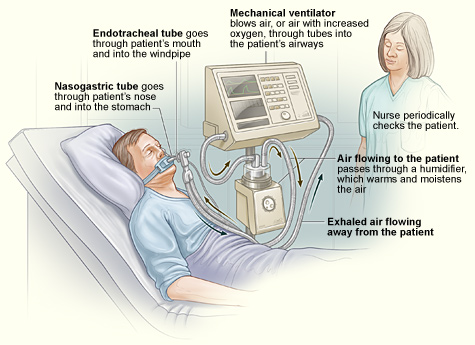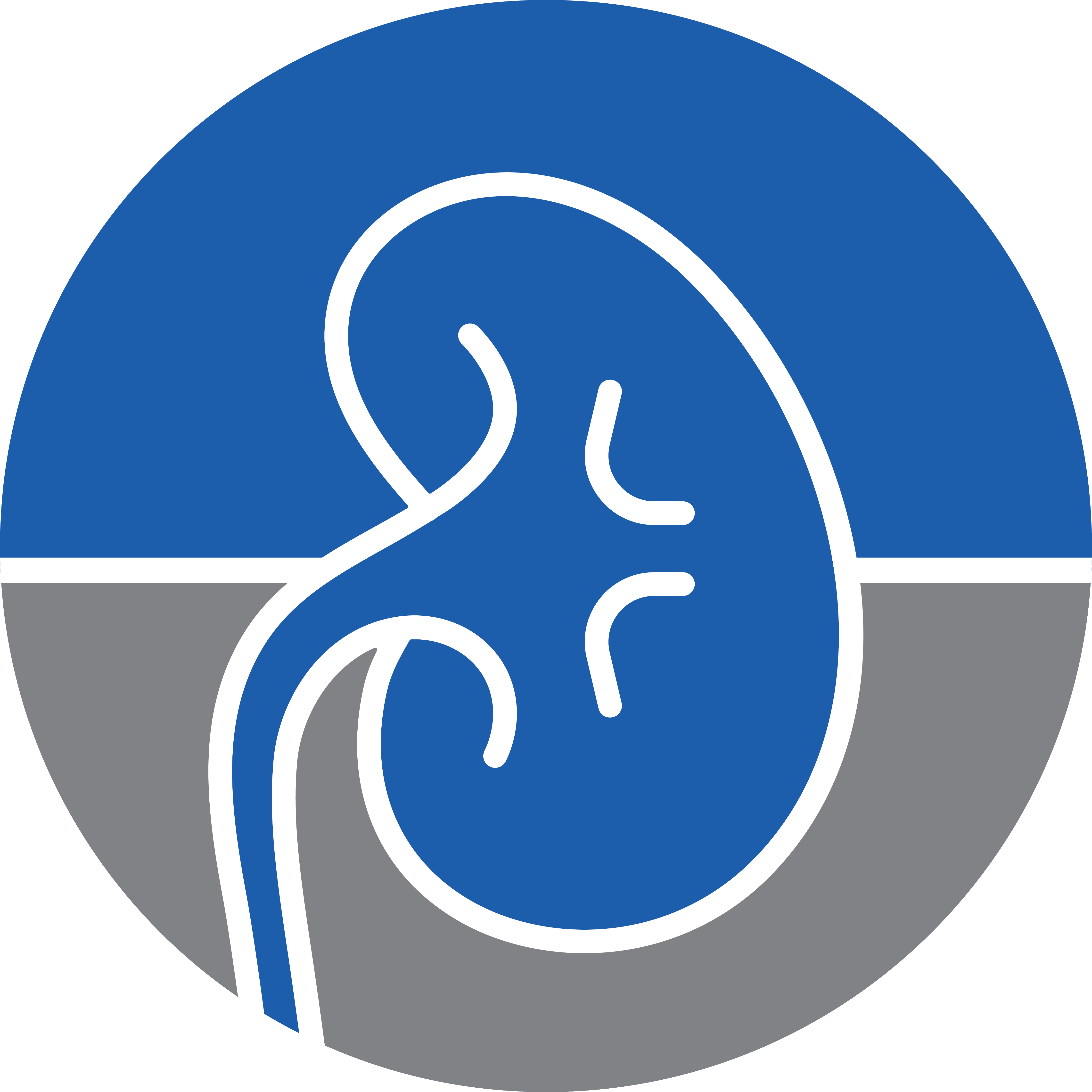When you hear the news that someone you love needs a ventilator, it’s normal if you want to know as much as possible about how it will impact your loved one’s life. You might have a general idea of what a medical ventilator is. It’s a machine designed to provide assistance for a patient who is not able to breathe.
In this article, we will learn more about ventilators, from how it works and what to expect while on a ventilator.
What is a ventilator?
A ventilator is a machine that supports breathing. It’s also called a breathing machine or respirator. These machines are mainly used in hospitals. Ventilators will get oxygen into the lungs, remove carbon dioxide from the body, help patient breathe easier, and breathe for people who have lost all ability to breathe on their own.
A ventilator is often used for short periods, such as during surgery when you’re under general anesthesia or during treatment for a serious lung disease or other condition that affects normal breathing. Some people may suffer from a condition where they need to use ventilators for a long period or even for the rest of their lives.
How does a ventilator work?
A ventilator uses pressure to blow air into the lungs. This pressure is known as positive pressure. A patient usually exhales the air on their own, but sometimes the ventilator does it for them too.
The amount of oxygen the patient receives can be controlled through a monitor connected to the ventilator. If the patient’s condition is particularly fragile, the monitor will be set up to send an alarm to the caregiver, indicating an increase in air pressure.

The machine works by bringing oxygen to the lungs and taking carbon dioxide out of the lungs. This allows a patient who has trouble breathing to receive the proper amount of oxygen. It also helps the patient’s body to heal, since it eliminates the extra energy of labored breathing.
A ventilator blows air into the airway through a breathing tube. One end of the tube is inserted into patient’s windpipe and the other end is attached to the ventilator. The breathing tube serves as an airway by letting air and oxygen from the ventilator flows into the lungs. Depending on the patient’s medical condition, they may be able to use a respiratory mask instead of the breathing tubes.
What to expect while on a ventilator?
What to expect depends on the severity of the patient’s illness. For example, some people can resume regular activities, such as reading or watching television, while others need to be restrained to prevent them from pulling out their respiratory tubes.
Patients or caregivers also need to learn how to provide suctioning to prevent mucus from blocking the tubes.
Ventilators normally don’t cause pain. The breathing tube in patient’s airway may cause some discomfort. One of the most frustrating things about being on a ventilator is that the patient is not able to speak and eat. Instead of food, the health care team may give nutrients through a tube inserted into a vein. If a patient is on a ventilator for a long period, they will likely get food through a nasogastric, or feeding tube.
A ventilator greatly restricts patient’s activity and limits their movement. They may be able to sit up in bed or in a chair, but usually can’t move around much.
A silver lining with this situation is that a ventilator doesn’t cause any pain to the patient. However, there is a transition period where the patient may experience some discomfort while they get used to the device. Once the patient’s condition has improved, there is usually a “weaning off” period to get the person used to breathing on their own prior to removing the ventilator.
Reference:

















